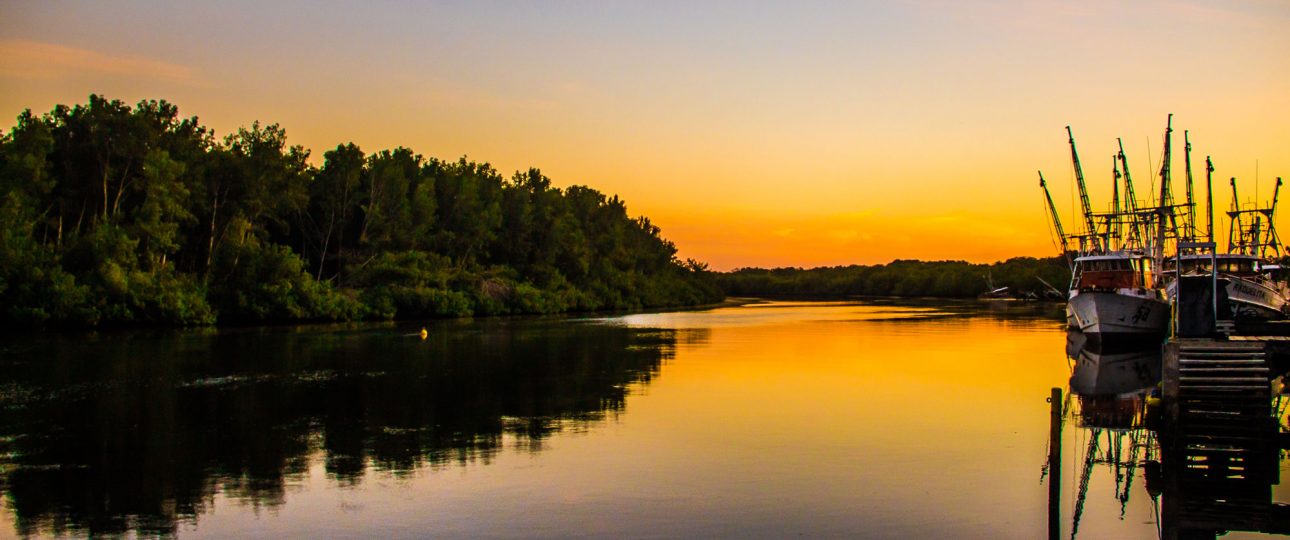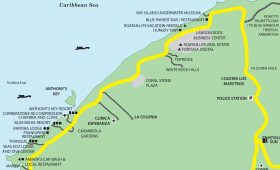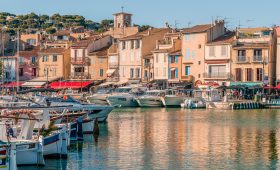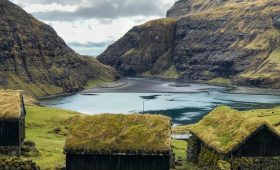Jiquilisco Bay: A Unique Destination in El Salvador
Location and Overview
Jiquilisco Bay is situated on the southern coast of El Salvador, between the mouth of the Lempa River and the Jucuarán mountain range. This area is part of the Jiquilisco Bay Biosphere Reserve, a Ramsar site since 2005. The reserve spans approximately 400 square kilometers, including 50 kilometers of coastline. It features the largest mangrove estuary in El Salvador, with a main canal over 43 kilometers long and 3 kilometers wide. The bay’s diverse ecosystem includes bays, canals, sandy beaches, islands, forests, and a freshwater lagoon complex.
Ecological Significance
Jiquilisco Bay is crucial for biodiversity and conservation. It serves as a vital habitat for the critically endangered hawksbill sea turtle, one of only three sea turtle species listed as such on the IUCN Red List. The bay is one of two primary nesting sites for hawksbills in the eastern Pacific Ocean, with approximately 150-200 turtles nesting each season. The inner channels of the bay also provide critical foraging habitats for these turtles, marking a significant deviation from their typical coral reef habitats.
The bay’s mangroves are essential for marine life, acting as nurseries for various species. The area plays a role in disaster prevention, erosion control, and soil retention, benefiting the local communities that rely on its natural resources. Activities such as livestock rearing, shrimp farming, and agriculture are prevalent here.
Cultural Experience
Jiquilisco Bay is home to several small coastal communities, including Puerto Parada and San Juan del Gozo. These villages offer insights into local life and culture. Visitors can experience the warm hospitality of the locals, who are committed to sustainable tourism practices. Engaging with these communities provides a deeper understanding of the region’s cultural heritage.
Best Time to Visit
The ideal time to explore Jiquilisco Bay is during the dry season, from November to April. During these months, the weather is generally pleasant, with temperatures ranging from 25 to 30 degrees Celsius. This period is perfect for outdoor activities like kayaking, bird watching, and hiking through the mangroves.
The rainy season, from May to October, brings occasional showers that can enhance the landscape’s beauty but may also limit certain activities and complicate transportation. If visiting during this time, be prepared for rain and plan accordingly.
Getting There
To reach Jiquilisco Bay, fly into El Salvador International Airport (SAL) in San Salvador. From there, it’s about a two-hour drive to the bay. You can rent a car or hire a taxi for the journey. Public transportation is also an option: take a bus from San Salvador to Usulután, then a local bus or taxi to the bay. Check bus schedules in advance and allow for flexibility in your plans.
Local Transportation
Once at Jiquilisco Bay, you have several transportation options. Renting a car offers flexibility and independence, allowing you to explore at your own pace. Alternatively, taxis are available in the coastal villages for trips to nearby attractions or day trips to other parts of El Salvador. Local buses connect the villages, but schedules can vary, so plan your day accordingly.
Summary
- Jiquilisco Bay is a significant ecological and cultural destination in El Salvador.
- The bay is a critical habitat for the endangered hawksbill sea turtle and supports diverse marine life.
- The surrounding mangroves are vital for ecological balance and community livelihoods.
- Coastal villages offer authentic cultural experiences and sustainable tourism practices.
- The dry season (November – April) is the best time to visit for outdoor activities.
- Access the bay via El Salvador International Airport, with options for car rental, taxis, or public transportation.
- Local transportation includes car rentals, taxis, and buses, with varying schedules.




